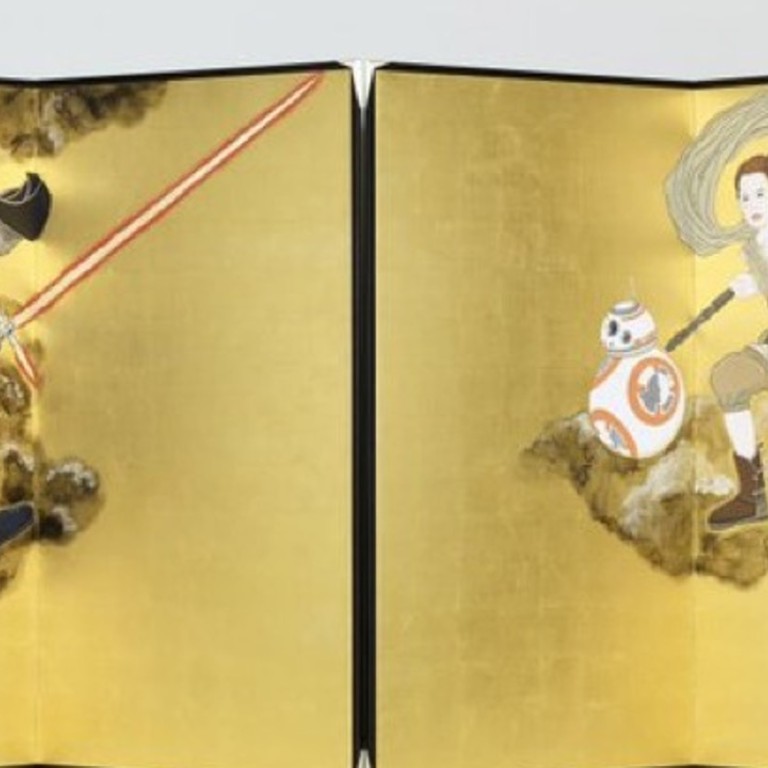
Chinese interest in Star Wars dwarfed by buzz in Japan and Korea ahead of premiere
Space opera franchise is admittedly fairly new to Chinese cinema-goers, but web chatter in Japan ahead of today’s opening of Star Wars: The Force Awakens was way higher than in China
The Force may be awakening in China, but online chatter about the new Star Wars film was muted there ahead of the space blockbuster’s premiere.
Social media intelligence company Lamplight Analytics tracked online buzz about the film in China, Japan and South Korea in the first week of December. Chatter about Star Wars: The Force Awakens was minimal in China, it says.

WATCH Lu Han song trailer
China Star Wars “ambassador” and singer Lu Han’s song, The Inner Force, caused periodic spikes in conversation, as did imported toys and merchandise – indicating the interest could be speculative, says the company, which mines 20 million data sources. Most chat took place on Weibo and in blogs and forums, with the biggest debate focusing on whether it would make a breakthrough like it has elsewhere in the world.
The Chinese market is relatively new to the Star Wars franchise. The original trilogy was first shown at this year’s Shanghai International Film Festival, while Disney partnered with Tencent to allow users to stream all of the first six films online.
“Japan has the largest and most engaged fan base in the region, South Korea the most creative,” Msomi says.
Artist Taro Yamamoto, known for his parodies of traditional Japanese art, generated online chat in Japan by creating Star Wars screens that were displayed at the historic Kiyomizu-dera temple in Kyoto, Msomi says. Clay pots of the droid R2-D2, released by convenience stores, also created a stir.
EXO’s video for Lightsaber
“A key trend spotted by Lamplight [in South Korea] was the appearance of individual social media influencers on threads and social networks, creating a form of buzz far different from the other markets,” Msomi says. Models, celebrities and regular social media users with a large following were pictured cosplaying Star War characters, gaining thousands of likes on platforms such as Instagram. Buzz was also created by K-pop boy band EXO with their song Lightsaber.
Lamplight’s aggregated sentiment score for the three countries was 13, reflecting positive sentiment towards the film. Positive mentions included discussion of trailers, while negative talk focused on the difficulty of securing tickets and missing exclusive merchandise.

